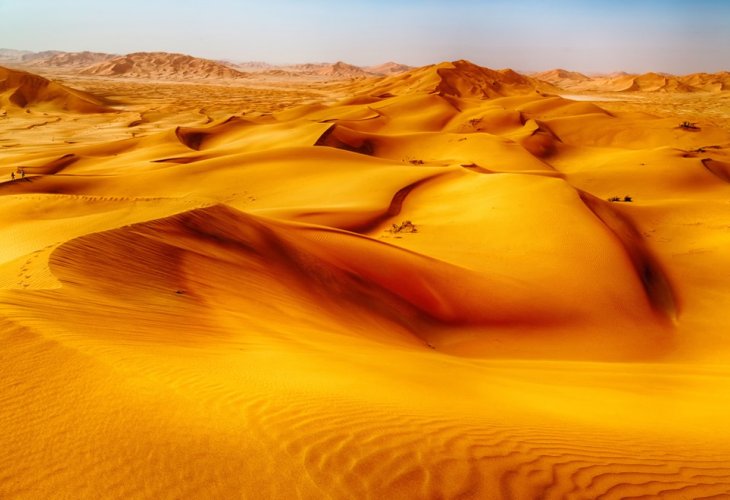Faith
Did the Israelites Really Wander in the Sinai? Archaeological Clues Explained
Exploring evidence of settlements, burials, and the mystery of survival in the desert for 40 years

Uzi asks: "The Torah tells us that the Israelites wandered in the Sinai Desert for 40 years, during which an entire generation perished before entering the Land – roughly 3 million people. Where are all the remains of Israelite settlement and their graves in the Sinai Desert? Where are the camps of such a vast people?"
* * *
Hello Uzi, and thank you for your question.
First, let’s consider scale: the State of Israel covers about 21,000 km², while the Sinai Desert covers 61,000 km² – nearly three times larger. Expecting to excavate the entire Sinai Desert is unrealistic, requiring tens of thousands of research teams working non-stop. In practice, only a handful of small-scale excavations have ever been carried out in the Sinai, and these focused on major visible remains on the surface.
Climate and erosion also work against preservation. The desert’s dry conditions wear down stone markers, erode carvings, and break apart rocks over millennia. Inscriptions and engravings vanish, and materials like wood, cloth, and even bones are extremely unlikely to survive for thousands of years in such conditions. Even stone altars and tomb markers rarely endure intact in an arid desert.
That said, archaeological evidence of large-scale habitation in the Sinai has indeed been found.
In Studies in the Archaeology of Nomads in the Negev and Sinai (Ben-Gurion University, 1998), Ofer Bar-Yosef of Harvard University’s anthropology department noted: “The earliest herders continued to live in round structures, huts covered with hides or branches... Because radiocarbon dating is rare in arid regions, comparative methods must be used to date sites... Architectural remains include a variety of round structures, courtyards, and tombs. The combination of courtyards and chambers is common as the bases of huts or tents... Early Bronze Age sites are scattered across Sinai and are interpreted as the remains of encampments and settlements of populations originating from the Land of Israel... Pottery styles of clear Israelite character were found in Sinai.”
The most puzzling fact is not their presence, but their survival:
No ordinary population could have lasted in Sinai “naturally”. Unlike Israel’s fertile land, Sinai is barren, almost without fresh water or grain. Yet archaeologists found numerous settlements, complete with grinding stones, ovens, and animal bones. They also found cemeteries with burials that follow Jewish practice (interment in the ground) rather than Egyptian cremation or mummification.
Archaeologist Yehoshua Etzion, in his book The Lost Bible, emphasized this: “The surveys and excavations revealed fields of tombs spread across the Sinai and central Negev. These often appeared alongside circular encampments – primitive settlements that show no consistent architectural pattern. The density of these burial fields and settlement circles proves that masses of people passed through Sinai for a relatively short period. How could tens of thousands survive there without water or agriculture? Archaeology has no natural answer. The Bible explains it: Israel drank from miraculous water (the rock, Miriam’s well) and ate manna from Heaven.”
Mainstream archaeologists admit: “We have no answer as to how these settlements survived so far from water sources. The presence of grinding stones shows they had grain, but sickles indicating farming are virtually absent. Trade on a large enough scale to support them also didn’t exist. Their survival remains a mystery.” (M. Haiman, Nomads and Settlers in the Negev Highlands during the Early Bronze Age, Ben-Gurion University, 1998).

